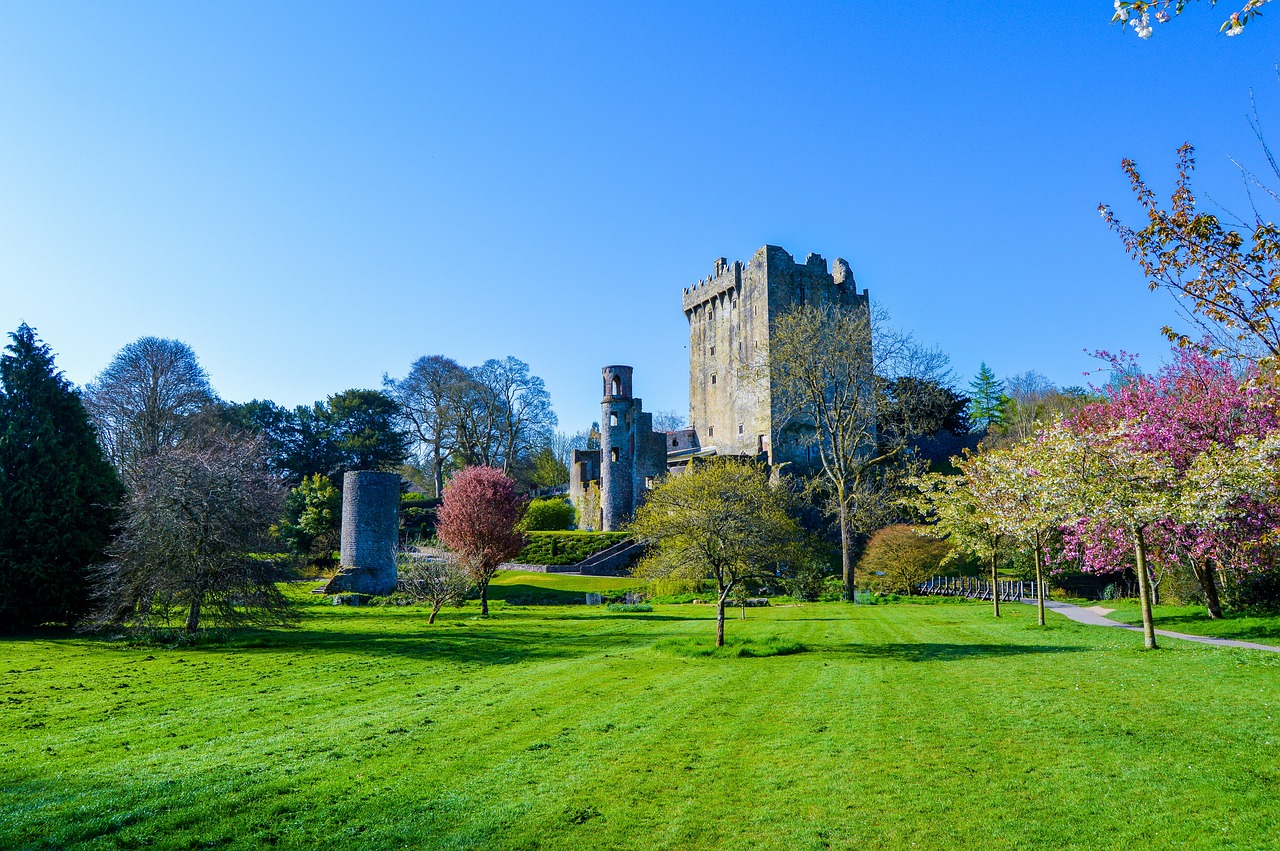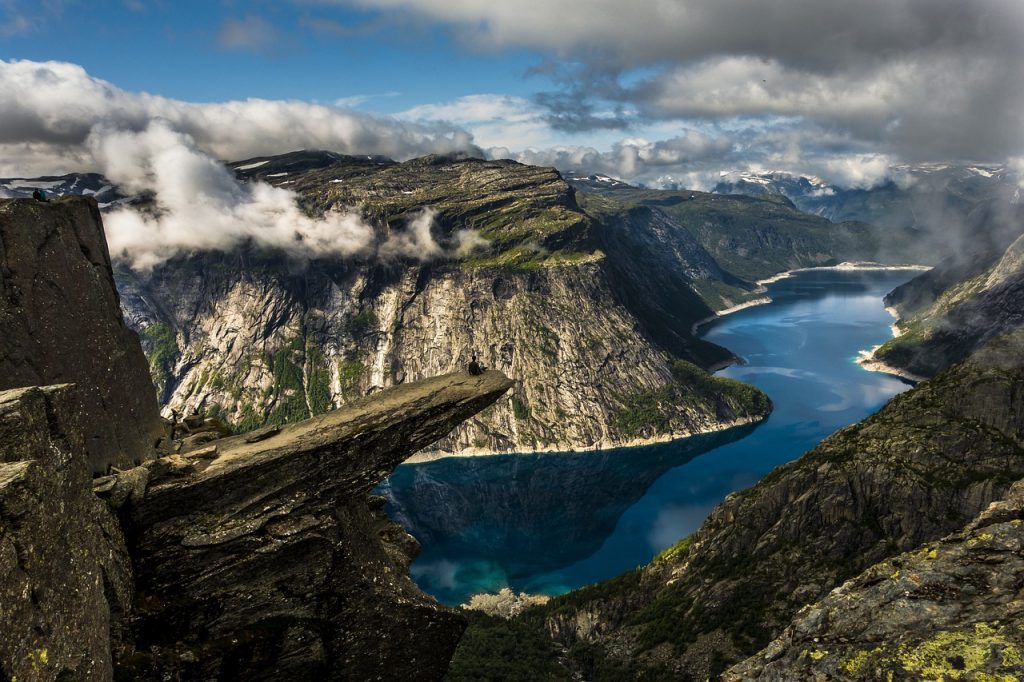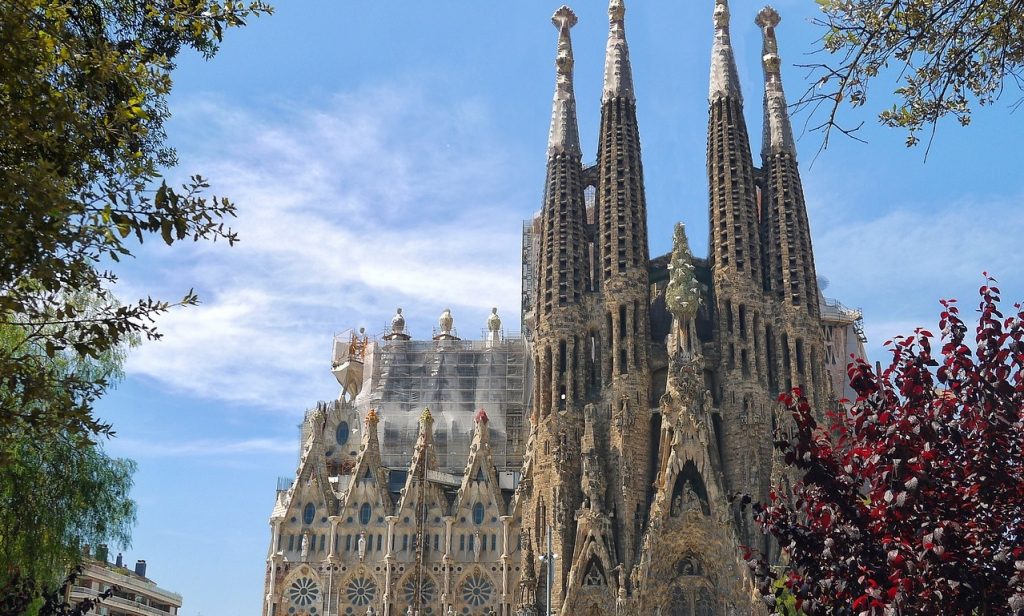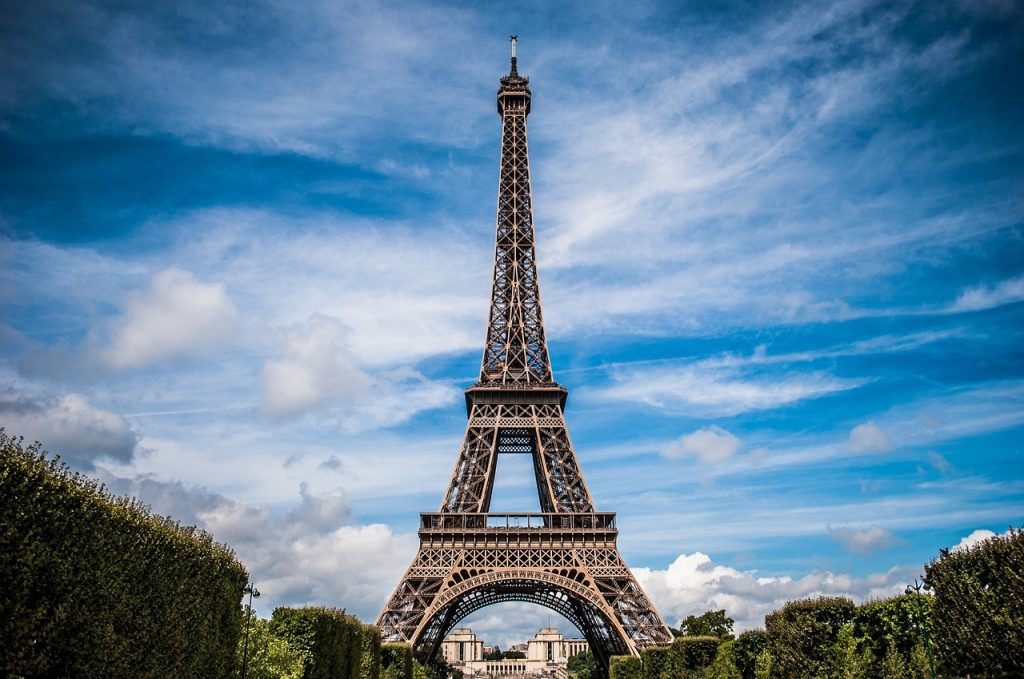Ireland is renowned for its lush green landscapes, vibrant cities, and rich history. It captivates visitors year-round. Determining the best time to visit Ireland is one of the most commonly questions asked. As you plan your journey to the Emerald Isle, understanding the nuances of the seasons becomes essential to fully embrace the country’s beauty and culture.
The weather sits atop considerations along with crowd dynamics and wilderness wonders. Each facet of your Irish adventure has its perfect time. Here’s your guide to uncovering the best time to go to Ireland and explore this enchanting land.
Visiting Ireland based on the Weather
Ireland’s weather is as diverse as its landscapes, offering a mix of sun, rain, and occasional surprises. The summer months, from June to August, present the mildest temperatures, hovering around 60-70°F (15-25°C). These months are popular for outdoor activities, sightseeing, and immersing yourself in the local culture.
While Ireland’s charm remains regardless of the weather, the winter months (December to February) tend to be cold, wet, and often accompanied by strong winds. Temperatures can drop to 30-40°F (0-5°C), and heavy rainfall is common, making outdoor exploration less appealing.
The Emerald Isle has a temperate maritime climate that experiences relatively mild temperatures year-round. Here’s a description of the seasonal weather in Ireland:
1. Spring (March to May):
- Spring temperatures in Ireland can range from 41°F (5°C) to 54°F (12°C).
- Spring is a pleasant season with mild temperatures, blooming flowers, and longer daylight hours. However, it’s known for its changeable weather, with occasional rain showers.
- Ireland is always green. However, this is when the green begins to flourish.
2. Summer (June to August):
- Irish summers are relatively cool, with temperatures ranging from 54°F (12°C) to 68°F (20°C).
- Summers are generally mild, with longer daylight hours, making it an ideal time for outdoor activities. Rainfall is frequent but not extreme.
- The pleasant summer temperatures and frequent rain elevate the lush greens of the countryside.
3. Autumn (September to November):
- Autumn temperatures range from 50°F (10°C) to 59°F (15°C).
- Autumn brings mild weather with colorful foliage. It’s a great time for hiking and exploring Ireland’s landscapes.
- It can be chilly, so plan for layers or a light jacket.
4. Winter (December to February):
- Irish winters are cool, with temperatures often ranging from 41°F (5°C) to 46°F (8°C).
- Winters are damp and cool but rarely extremely cold. Snowfall is infrequent in most regions, but the west and north may see some snow.
Other Weather-Related Factors:
- Rainfall: Ireland is known for its frequent rainfall year-round. Rain showers can occur at any time, so it’s advisable to be prepared for wet weather.
- Atlantic Influence: Ireland’s climate is influenced by the Atlantic Ocean, which brings relatively mild temperatures but also leads to changeable weather conditions. These changes can also happen suddenly.
Avoiding Extreme Weather:
- Rain: While Ireland experiences rain throughout the year, there is no specific rainy season. Travelers should be prepared for wet weather and have suitable rain gear.
- Winter Chill: If you’re not a fan of cold weather, Ireland’s winters are relatively mild, but it can still be damp and cool. However, it’s not excessively cold like some other European destinations.
In summary, the best time to visit Ireland depends on your preferences for weather and activities. Summer offers mild temperatures and longer daylight hours for outdoor exploration.
The spring and autumn months bring colorful landscapes. Winter is a quieter time for tourism and is suitable for indoor activities and cultural experiences. Be prepared for occasional rain showers throughout the year, as Ireland’s climate is known for its changeable weather.
Visiting Ireland based on the Crowds
For a balance between pleasant weather and fewer crowds, consider visiting during the shoulder seasons. Spring (April to May) and Fall (September to October) offer comfortable temperatures. These seasons experience fewer crowds creating a more tranquil experience.
The weather can be a little chilly. However, if you plan layers or a light jacket, the fewer travelers makes this a great time to visit Ireland.
Discover Ireland’s Cultural Experiences
Ireland’s cultural tapestry is woven with ancient traditions and vibrant celebrations. Immerse yourself in the country’s rich heritage by visiting during St. Patrick’s Day on March 17. How can the best time to visit Ireland not be St. Patrick’s Day.
Ireland and the holiday combine as a coveted destination from around the world. The holiday festivities include parades, music, dance, and a sea of green that sweeps across the country.
Ireland is known for its lively cultural events that celebrate its history, music, arts, and traditions. Here are 10 of the most iconic annual cultural events that take place across the country:
- St. Patrick’s Festival – March 17: Celebrated on March 17, St. Patrick’s Day is a nationwide extravaganza honoring Ireland’s patron saint. Festivities include parades, traditional music, dance, and an explosion of green that paints the streets and rivers.
- Galway International Arts Festival – July: The Galway International Arts Festival, held in July, transforms the city into an artistic hub. The festival features theater performances, visual arts exhibitions, music concerts, and cultural events that highlight Ireland’s creative spirit.
- Listowel Writers’ Week – May/June: Listowel Writers’ Week, typically held in late May to early June, celebrates literature and storytelling. Authors, poets, and literary enthusiasts gather for workshops, readings, and discussions, fostering a love for the written word.
- Dublin International Film Festival – February/March: Taking place in February or March, the Dublin International Film Festival showcases a diverse selection of international and Irish films. It offers a platform for emerging filmmakers and provides audiences with an array of cinematic experiences.
- All-Ireland Fleadh Cheoil – August: The All-Ireland Fleadh Cheoil, held in August, is the pinnacle of traditional Irish music competitions. Musicians, dancers, and singers from across the country gather to showcase their talents and celebrate Ireland’s musical heritage.
- Wexford Festival Opera – October/November: The Wexford Festival Opera, occurring in October or November, is renowned for its performances of lesser-known operas. This festival attracts opera enthusiasts and artists from around the world to Wexford’s historic venues.
- Electric Picnic – September: Electric Picnic, held in September, is one of Ireland’s premier music and arts festivals. The event features a diverse lineup of music acts, alongside theatrical performances, visual arts exhibitions, and immersive experiences.
- Bloomsday – June 16: Celebrated on June 16, Bloomsday pays homage to James Joyce’s iconic novel “Ulysses.” Enthusiasts don period clothing, retrace the footsteps of the novel’s characters in Dublin, and participate in readings and festivities.
- Puck Fair – August: The Puck Fair, taking place in the town of Killorglin, County Kerry, during August, is one of the oldest fairs in Ireland. The event features the crowning of a wild mountain goat as the “King of the Fair,” along with music, parades, and carnival attractions.
- Kilkenny Arts Festival – August: The Kilkenny Arts Festival, held in August, showcases a diverse range of artistic disciplines, including music, theater, literature, and visual arts. The medieval city of Kilkenny becomes a cultural hub during this event.
These iconic cultural events offer a glimpse into Ireland’s dynamic and vibrant cultural scene. From celebrating literature and music to immersing yourself in the arts, each event allows you to experience the heart and soul of Ireland’s rich heritage and artistic expression.
Explore Ireland’s Wilderness & Nature Experiences
To encounter Ireland’s wild beauty, opt for the shoulder seasons. Spring brings blooming landscapes and newborn lambs, while fall presents a palette of warm colors across the countryside.
Sightseeing Activities: Delve into the unique sightseeing activities that occur during specific times of the year:
- Whale Watching (April to October): Set sail along Ireland’s rugged coasts to witness majestic whales breaching the waves. The warmer months of July and August provide the best chances to spot these magnificent creatures.
- Cliffs of Moher (Year-Round): The iconic Cliffs of Moher are a breathtaking sight in any season. However, visiting during the shoulder seasons (April, May, and September) ensures fewer crowds and an unobstructed view of these towering cliffs.
- Blooms in the Burren (May and June): The Burren, a unique limestone landscape, bursts into color during May and June with an array of wildflowers. This is a botanical wonderland you won’t want to miss.
- Galway Oyster Festival (September): Embrace the culinary delights of Ireland by attending the Galway Oyster Festival in September. Indulge in fresh seafood and celebrate Irish culture with live music and entertainment.
- Medieval Festival in Kilkenny (August): Travel back in time at the Kilkenny Medieval Festival. Held in August, this event transports you to the Middle Ages with jousting tournaments, medieval markets, and reenactments.
Conclusion: Ireland’s allure is timeless, offering captivating landscapes and a rich cultural tapestry that transcends seasons. Whether you’re exploring the vibrant streets of Dublin, savoring the warmth of an Irish pub, or marveling at the country’s natural wonders, choosing the best time to visit Ireland enhances your experience.
By considering weather, crowds, and the unique activities each season offers, you’ll embark on an unforgettable journey through the heart of the Emerald Isle. The summer months are easily the targeted timeframe, however, Ireland delivers spectacular experiences in those less traveled shoulder months.
Photo Credits:
Image by Emily Miller from Pixabay





